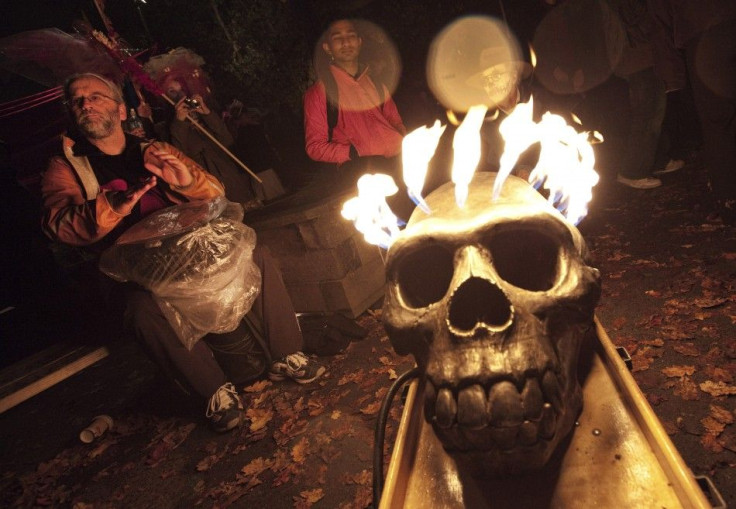Recent Studies Show That Cannibalism Is Ritualistic In The Ancient Times

Scientists discovered a strong proof of cannibalistic practices and other forms of human remains modifications that may have existed in the past. According to the Natural History Museum, University College London and several Spanish universities, a recent investigation of ancient cadavers have revealed the strange culture of human ancestors.
Gough’s cave, located in Somerset, was first discovered in the 1880s and was then developed into a show cave. The sediments originally found in the cave were removed, sometimes with only minimal supervision from archaeological experts. Initial findings from the excavation of the cave include a comprehensive modification of human bones, which were amalgamated with numerous slaughtered mammals and other artifacts, including antlers, bones, flint and ivory.
Researchers thought that the excavation project in the Gough’s cave, which ended in 1992, have provided all the information it had to researchers; however, continuous studies of human bones from the site have led to yet another discovery. Using advanced radiocarbon methods, it was found that the human remains were retained over a brief period of time. This may have happened during the course of occasional takeovers, approximately 14,700 years ago.
"The human remains have been the subject of several studies. In a previous analysis, we could determine that the cranial remains had been carefully modified to make skull-cups,” said lead researcher Dr Silvia Bello from the Natural History Museum's Department of Earth Sciences. “During this research, however, we've identified a far greater degree of human modification than recorded in earlier. We've found undoubting evidence for defleshing, disarticulation, human chewing, crushing of spongy bone and the cracking of bones to extract marrow."
The team further notes that the human bones found in the cave were found to have tooth marks, which is an incontestable evidence of cannibalism. Although there is an established similarity between the mechanisms surrounding the manufacture of skull cups/treatment of human corpses and practices in the ancient sites of central and Western Europe, the new findings suggest that the cannibalistic practices during this [Magdalenian] period is customary. It is believed to be a part of ancient mortuary services that involved flesh-eating and a form of skull-cups ritual.
The common finding in the study of this subject is the scarcity of evidences pointing out to ancient burial services. Additionally, corpses were usually discovered along with occupational wastes in various sites, Simon Parfitt of the University College London said. Additional investigations are necessary to determine the scope of ancient ceremonial cannibalism, specifically if it was regional in Creswellian culture or part of a larger phenomenon on the Magdalenian world, Parfitt closes.
To contact the writer, email rinadoctor00@gmail.com





















